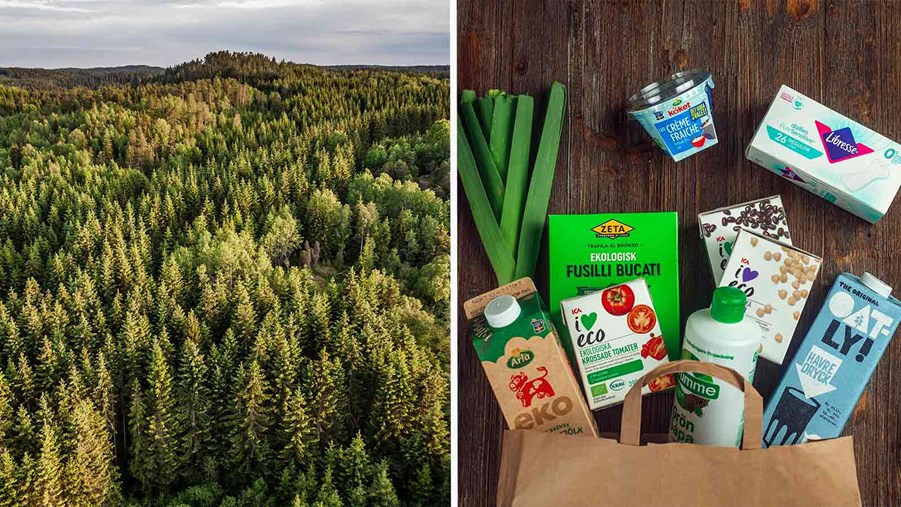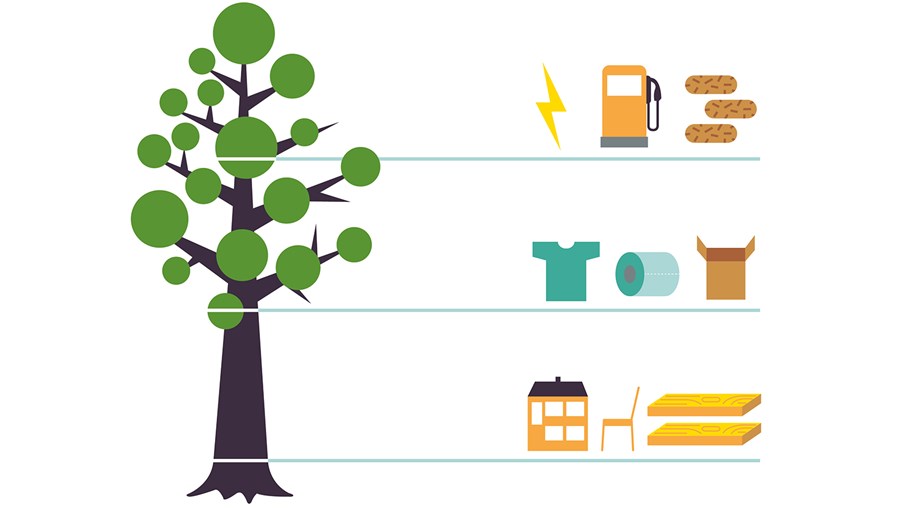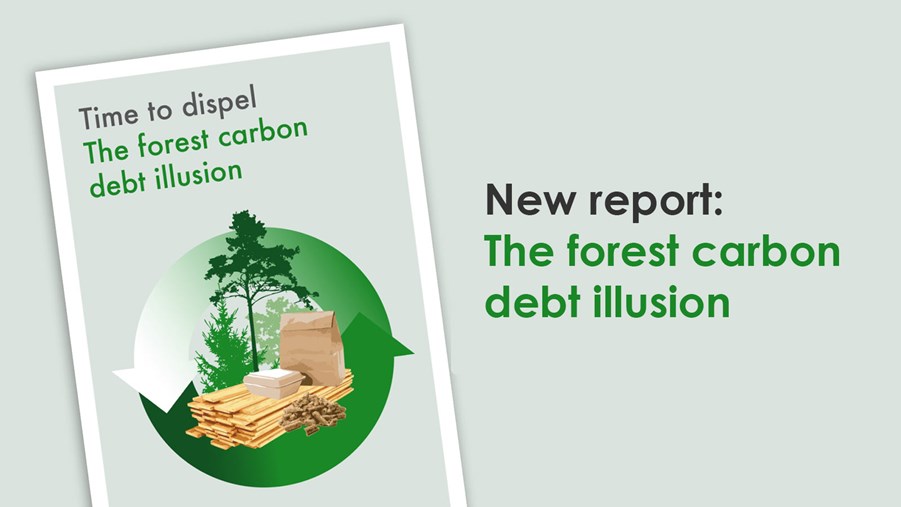
The European Commission has presented a revised EU Forest Strategy. The many values of forests to society are acknowledged, but the role as carbon sinks is strongly emphasized. National competence on forestry is recognized, but the Commission still wants to go in and control on a detailed level how forests should be managed. Strong weight is put on long-lived forest products, but society needs a wide range of wood-based products to achieve green transition.
On July 16, the European Commission presented a revised EU Forest Strategy.
- We appreciate clear improvements in several parts of the Strategy compared to previous drafts, but there is still some way to go to reach a European consensus on the full contribution to the green transition from forests and forest-based industries, says Anna Holmberg, Director and Head of the Brussels office for the Swedish Forest Industries.
- The Commission acknowledges that forests have many different values that legislators need to consider. They are important for climate change mitigation, biodiversity, Member States’ economies, recreation to mention a few. The forest's role as a carbon sink is however too strongly emphasized in the Strategy, but we interpret openings for a broader discussion, says Emma Berglund, Forest Director, International and EU affairs, at the Swedish Forest Industries.
A clearer acceptance of Member States' rights
Emma Berglund also notes that the Commission now expresses a clearer acceptance of Member States' rights to decide how forests are managed and used.
- The Commission recognizes the national competence but still wants to go in and control on a detailed level how forests should be managed. For example, the Strategy defines that clear-cutting should not be used as a harvesting method, continues Emma Berglund.
- Forestry should not be defined at EU level, it must be done closer to those who manage forests and be adapted to Member State conditions. But if I am to look at it positively, the Commission is opening up for the exchange of knowledge about sustainable forestry between Member States. Here we hope that Sweden can step forward and take an initiative, as we have extensive experience of developing sustainable forestry and a world-leading forest industry, Emma Berglund adds.
A strong focus on long-lived products
The Strategy has a strong focus on long-lived products versus short-lived ones.
- In the debate, a mantra is often repeated that four out of five trees are used for short-lived products that are quickly turned into energy, but this is a misconception. We produce all different types of products from the same tree in a resource-efficient way and we always plant new trees after harvesting. Consumers need a broad range of products from forests. Who wants to do without toilet paper and other hygiene products? And how will society move away from plastics if we do not use forests to produce packaging material? says Emma Berglund.
Expectations of clear conditions for implementation
Prior to the revision of the EU Forest Strategy, the European Parliament and the Council made inputs to the Commission.
- According to our opinion, the inputs from the other two institutions contained balanced views of the various functions of forests. The Commission could have taken better account of these inputs. We now expect the two institutions to define clear conditions for the implementation of this Strategy to ensure that forests and wood-based products can continue to contribute fully in making Europe the first climate-neutral continent, Anna Holmberg concludes.





